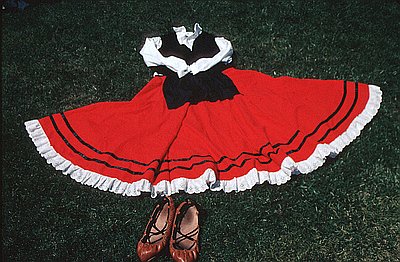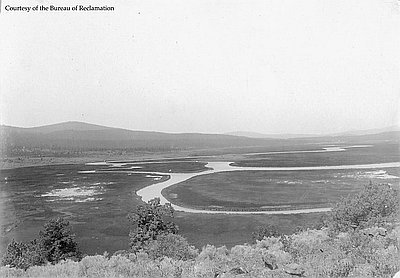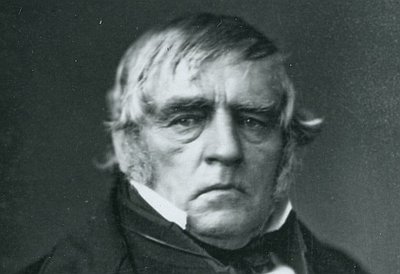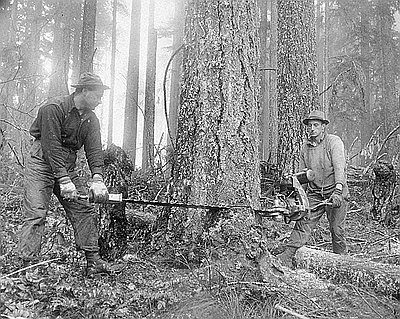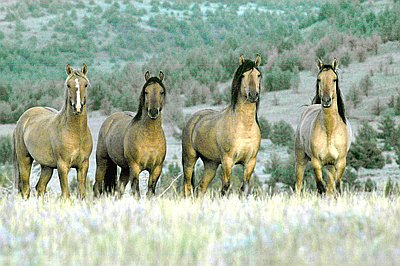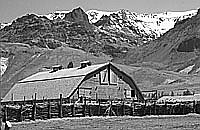A Distinct Community Takes Shape
Many southeastern Oregon ranches strived for self-sufficiency. Nevertheless, the High Desert’s cattle kingdom necessarily had several small communities, but a very few of them grew steadily into actual towns that offered goods and services. Of the Lake County communities that have survived to the twenty-first century, Lakeview was founded first, in 1876, Paisley three years later, and the north county community of Silver Lake, at its second and present site, in 1882.
In Harney County, a short-lived hamlet called Egan—established in the late 1870s and named after a Paiute leader killed during the Bannock War—soon was eclipsed by Burns, founded only a few miles away in the early 1880s. Located at a major crossroads, Burns continued to grow and eventually became the county seat.
Jordan Valley, the only incorporated community in present-day southern Malheur County, was established in 1864 to serve hay and grain farmers and as a freight and stage stop because of its proximity to the booming mining camp of Silver City, just across the Idaho state line. Juntura, established in northwestern Malheur County in 1890, was founded to serve surrounding ranches with a post office, school, and general store. The sparsely settled southeastern part of Deschutes County had no named community of any size until after the dry-farming land rush of 1910.
Artisans such as blacksmiths and farriers were among the first to move to Lakeview and Burns, followed by a few merchants and hoteliers, and then attorneys, physicians, and schoolteachers. Many of these later settlers came from cities and small communities in western Oregon, and the proportion of women to men grew closer to balance by the turn of the century. On surrounding ranches, wives and daughters formed an integral part of the family workforce, as did many of women on ranches elsewhere in the West. Some local women took up trick riding and roping, eventually entertaining crowds on the 1920s rodeo circuit.
The sheep operations in Lake County mainly attracted young Irish immigrants as herdsmen, and many of them stayed and took up small cattle ranches. This influx resulted in the relatively high percentage of Irish surnames in the county directory. Some of Lake County’s smallest communities, such as Adel and Plush in the Warner Valley, have long contained only a single religious edifice, a Catholic church.
During and after the 1890s, the need for low-wage but experienced shepherds in other parts of the ION—southwestern Idaho, southeastern Oregon, and northern Nevada—attracted Basque herders from northern Spain to Malheur County and then to Harney County. These men encouraged their younger brothers to immigrate to the region to work, and many Basques eventually brought their families. With a sizable population of Basques in and near Nampa, Idaho, by the early 1900s, Jordan Valley had become an outpost of Basque culture, with restaurants, fraternal lodges, boarding houses, and a large, stonewalled pelota, an open-air handball court. In Harney County, the small towns of Fields and Andrews attracted Basques as ranch hands and then as ranch owners.
By 1900, Harney County was the ninth-largest county in area in the United States. Lakeview and Burns, both situated at key transportation junctions, were the region’s dominant communities. Lakeview was a supply center for some of the region’s few gold-mining enterprises—such as those in the Coyote Hills and near New Pine Creek—but these strikes were small, unprofitable, and short-lived. At its height, Lakeview's population was 3,300 in 1960, a number that has declined since then. In contrast, Burns, as a regional crossroads market town and with a huge sawmill operating nearby in the 1920s, became the closest thing to an urban area in all of southeastern Oregon.
© Jeff LaLande, 2005. Updated and revised by OHP staff, 2014.
Sections
Related Historical Records
Basque Pelota Court, Jordan Valley
The photograph above, taken around 1920, shows a group of Basque immigrants in Jordan Valley’s pelota court. Pelota, which means “ball” in Spanish, is a traditional Basque sport …
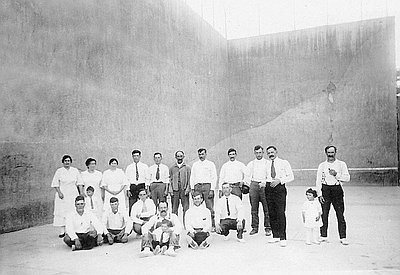
Bannock War Chiefs
This photograph was taken by Wesley Andrews some time in the late 1800s. Information on the photo identifies the individuals as “Bannock War Chiefs.” The Bannock are a Northern …
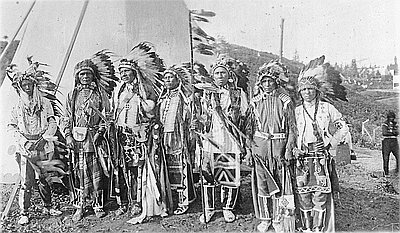
Basque Immigration
This traditional Basque dress (property of Amparo Hofman’s Dance Troupe) was photographed by Lynn Hadley on July 24, 1998 while she was doing field work for a traveling …
